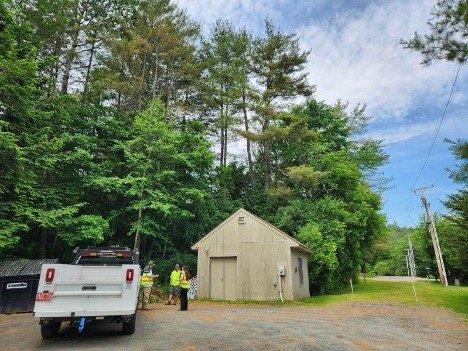Discover More

Update: Clean Water State Revolving Fund Program Reauthorization

Digitizing the Past to Protect the Future: How Hopeworks Helped Hartford, VT Tackle Lead in Drinking Water

Project Update: National Drinking Water Explorer Tool

No Amount of Lead is Safe: Lead Innovation Hub Roadmaps Drive Toxic Service Line Replacement Faster, Fully, and Forever
Preview: Drinking Water State Revolving Fund Funding Tracker—Already Making an Impact

Tackling the Unknown: How AmeriCorps Helped Lancaster Navigate LSL Inventory Challenges

Disadvantaged Community (DAC) Definitions in the Great Lakes States for Drinking Water State Revolving Funds: Guidance for a Mapping Tool to Explore and Assess DAC Definitions

New map tool shows state-by-state differences in how states define 'disadvantaged community' for drinking water funding

Lead Pipe Out, Which Pipe In? A Case For Prioritizing Performance, Safety, Health, and Technical Factors When Replacing Lead Pipes

Automatic Enrollment Policies Can Make Lead Service Line Replacement Projects More Efficient and Expedient

The Next 55 Earth Days

Optimizing Interest Rate, Loan Term, and Fee Policies in SRF Financing

Directing Principal Forgiveness to Communities That Need It Most

How States Define Disadvantaged Communities for the DWSRF

Understanding Set-Aside Funds: Strengthening Water Systems Beyond Infrastructure

State Policies Impacting SRF Assistance to State-Defined Disadvantaged Communities

How States’ Disadvantaged Community Definitions Can Prioritize Access to SRFs for Under-Resourced Communities

Optimizing Interest Rate and Other Loan Policies for SRF Financing

Southern States Drinking Water State Revolving Fund: Quantitative Analyses


